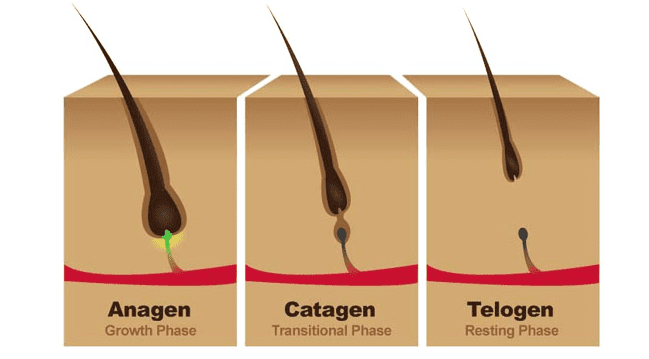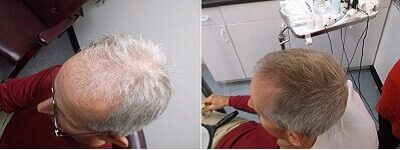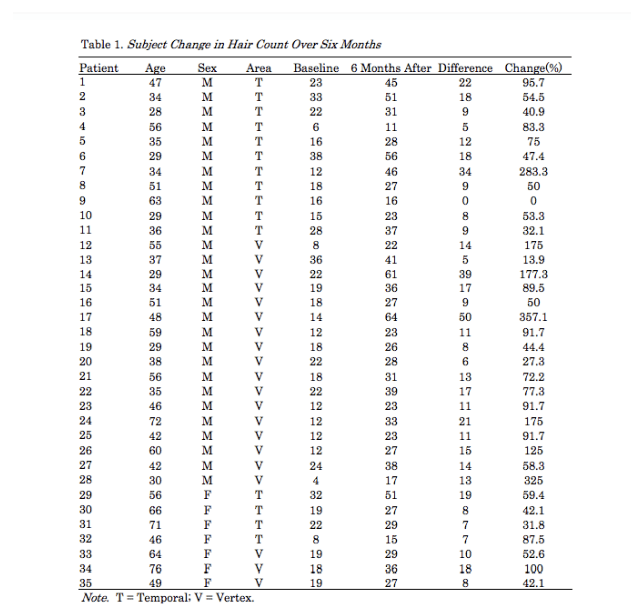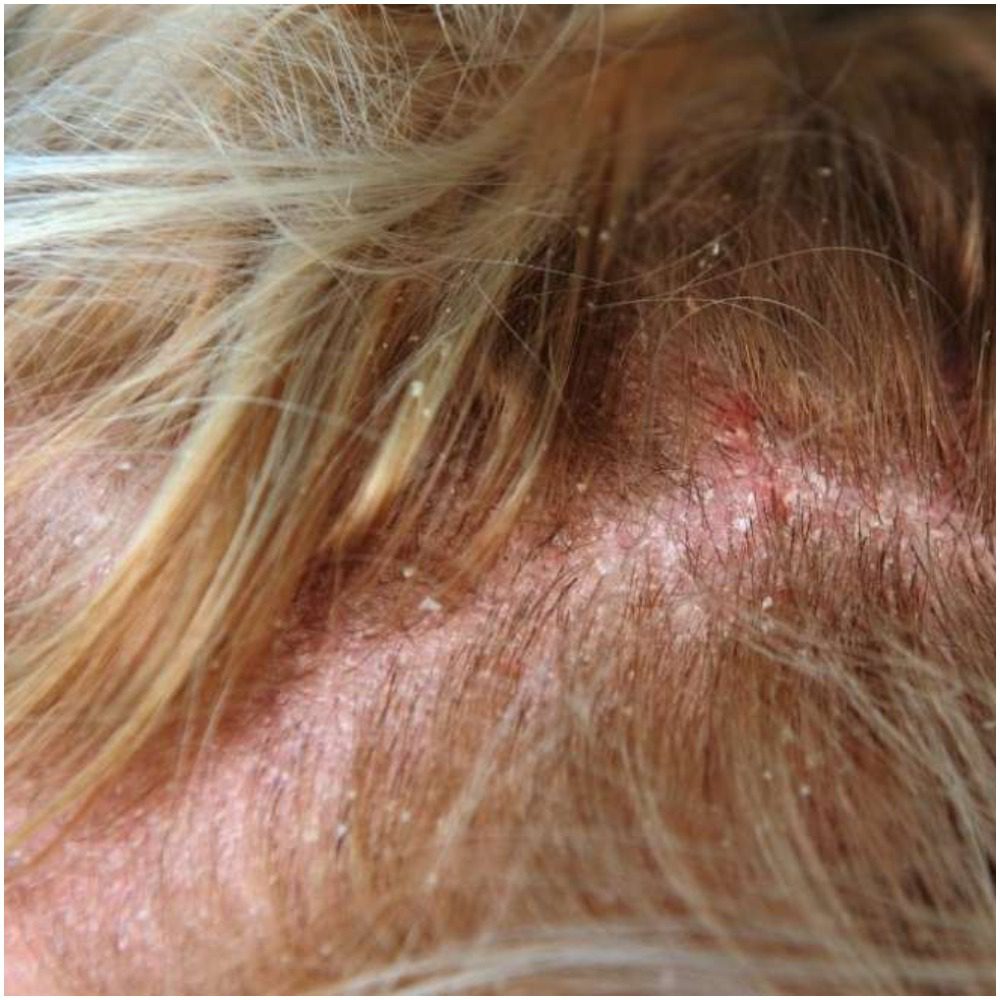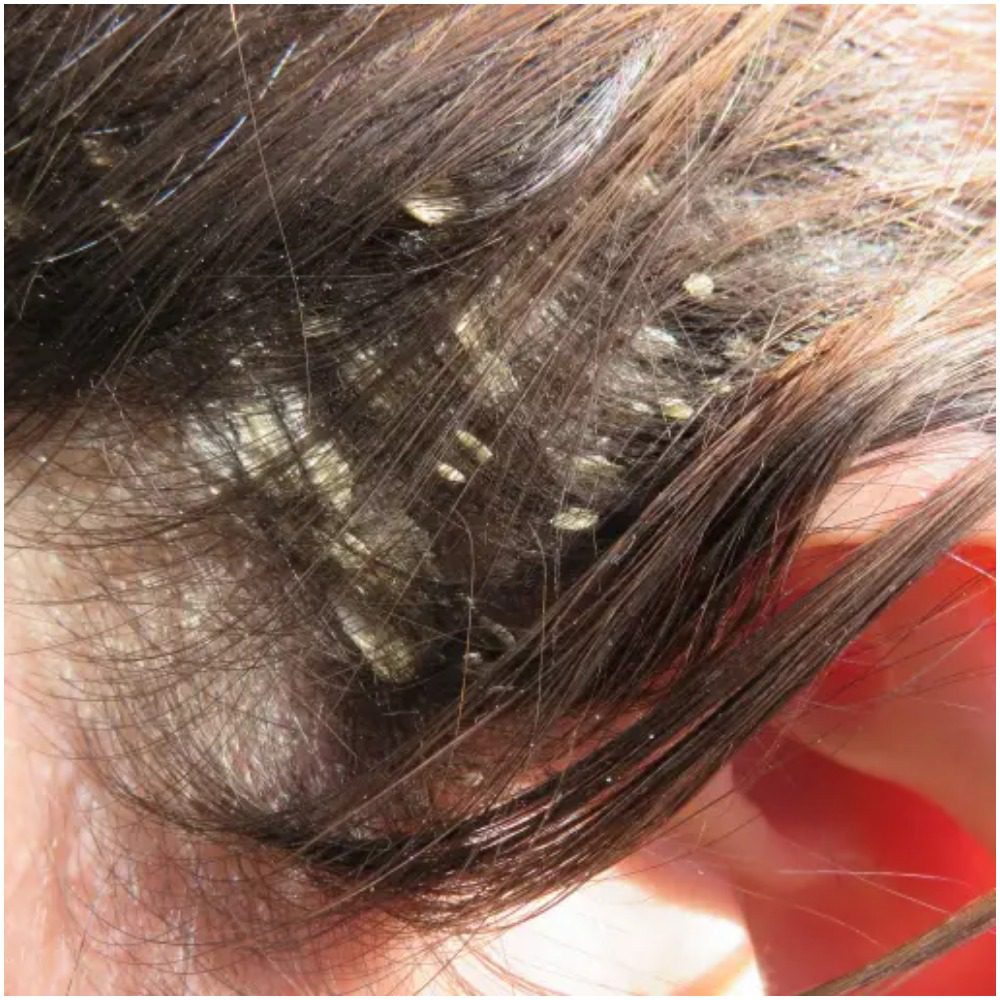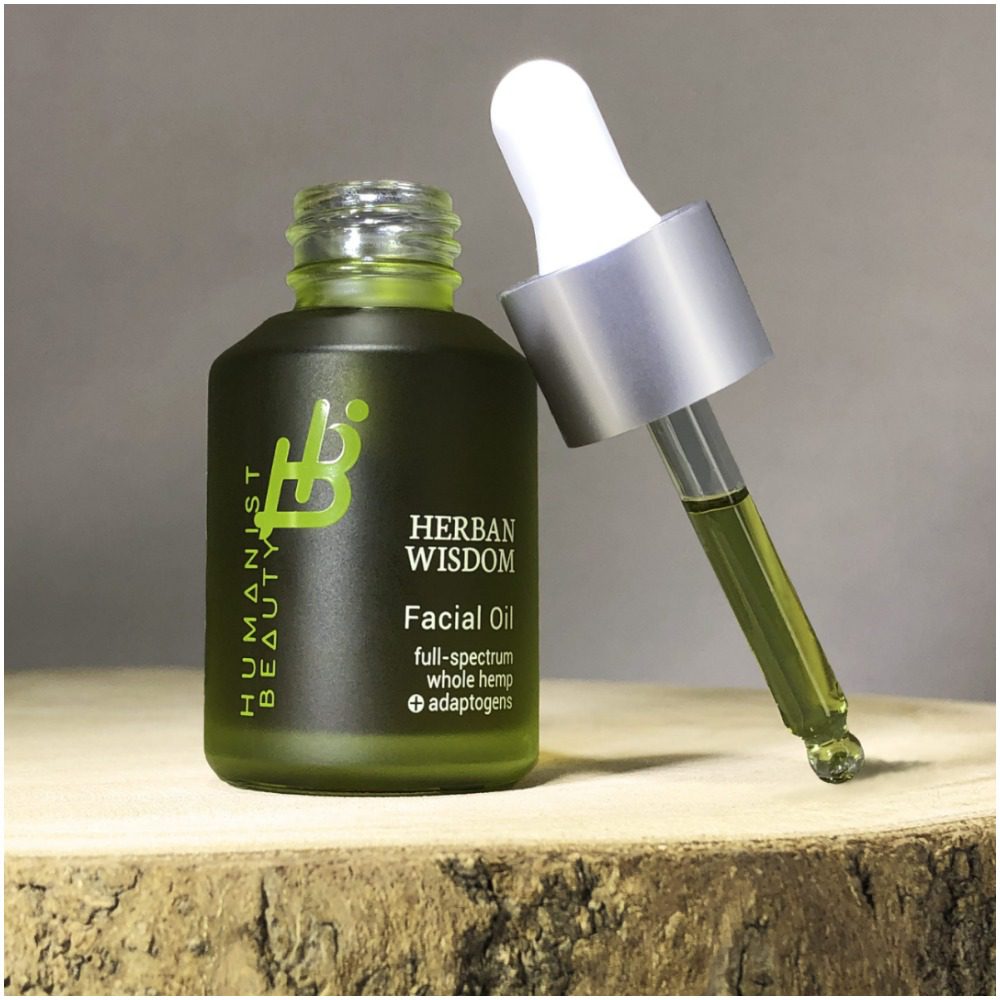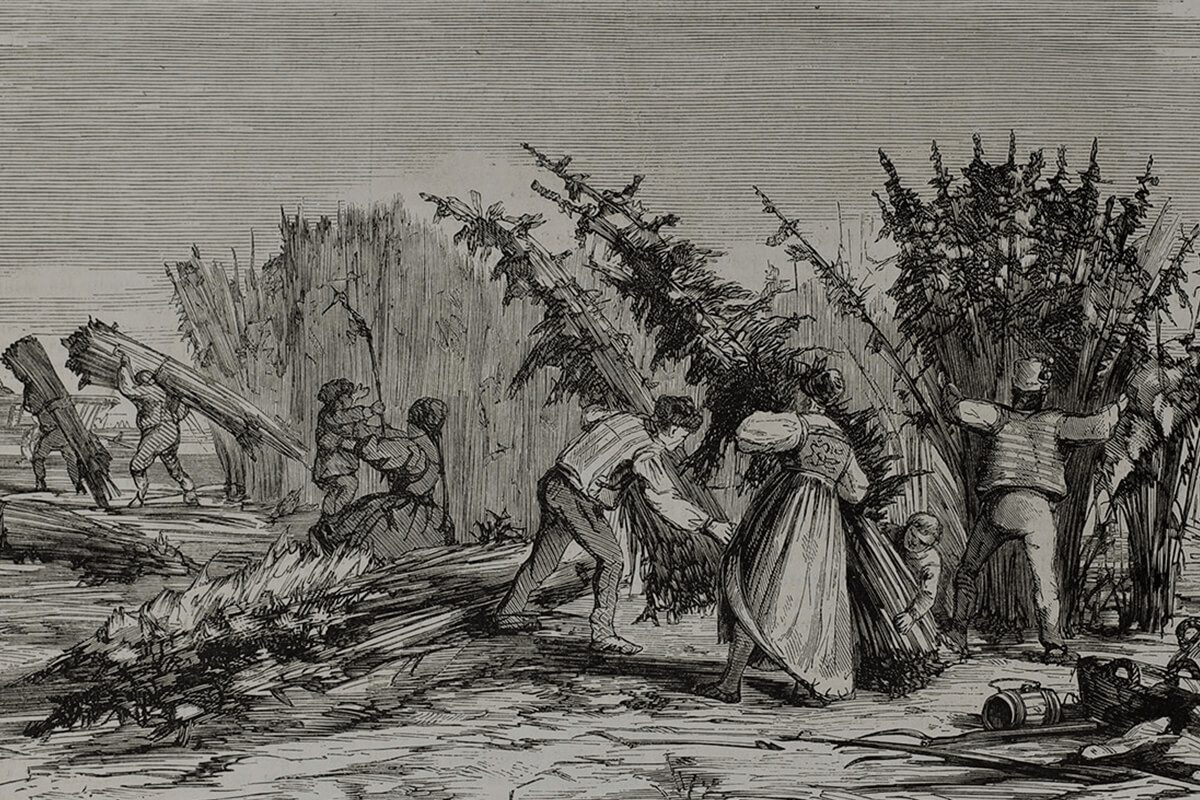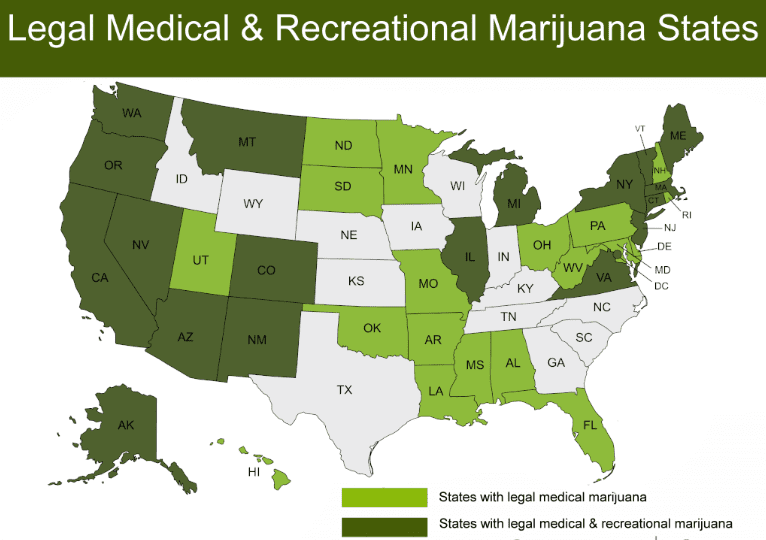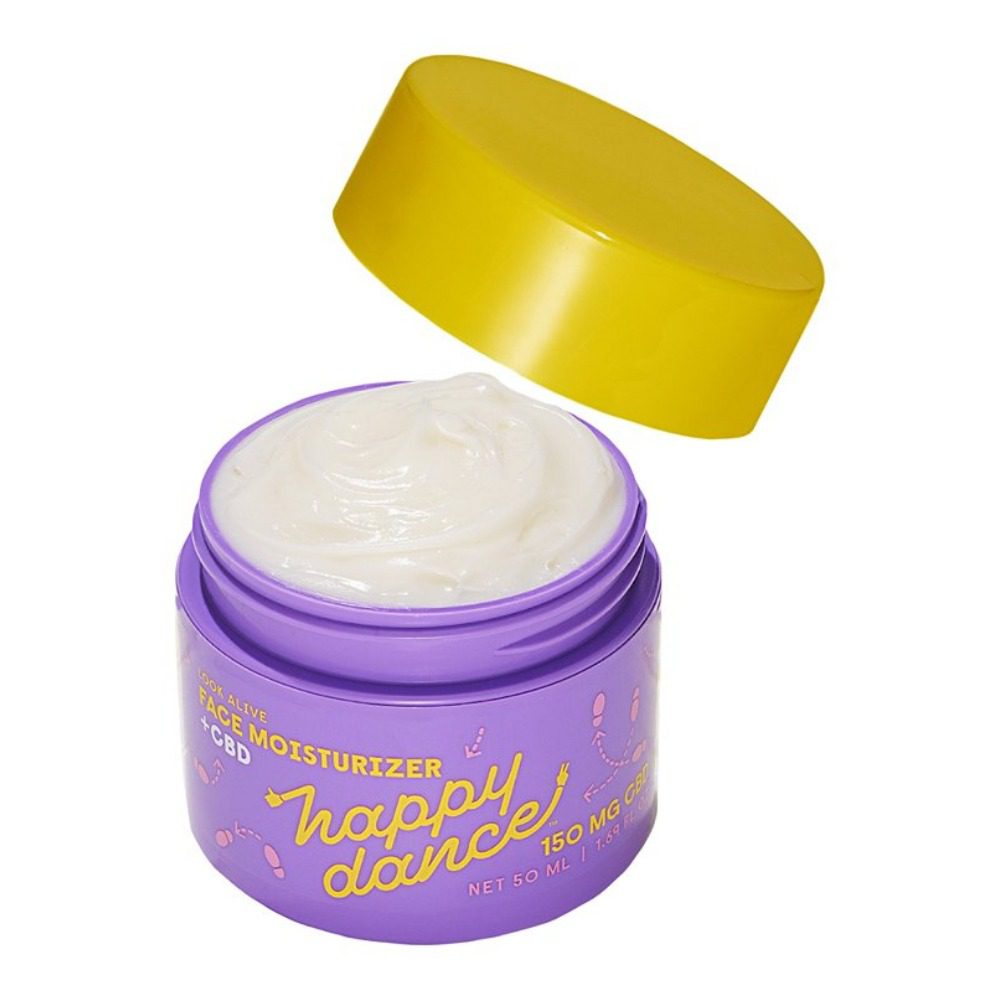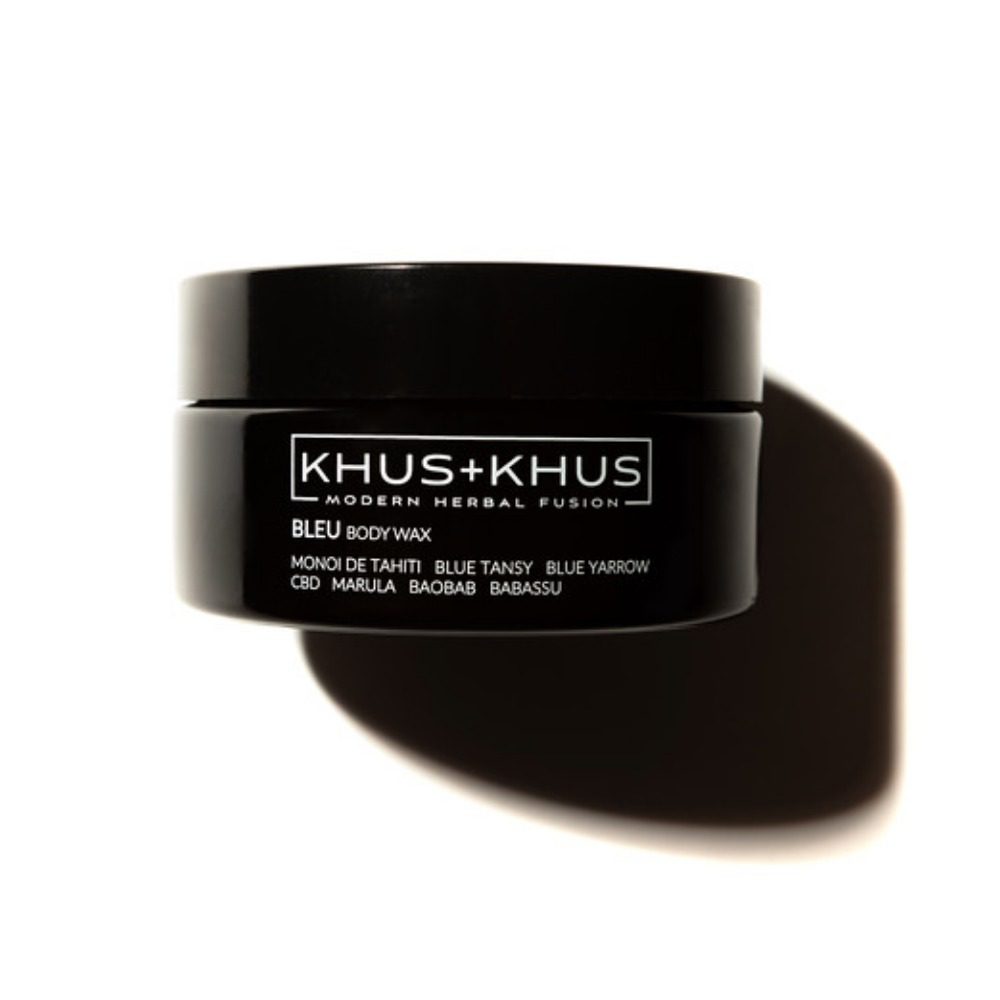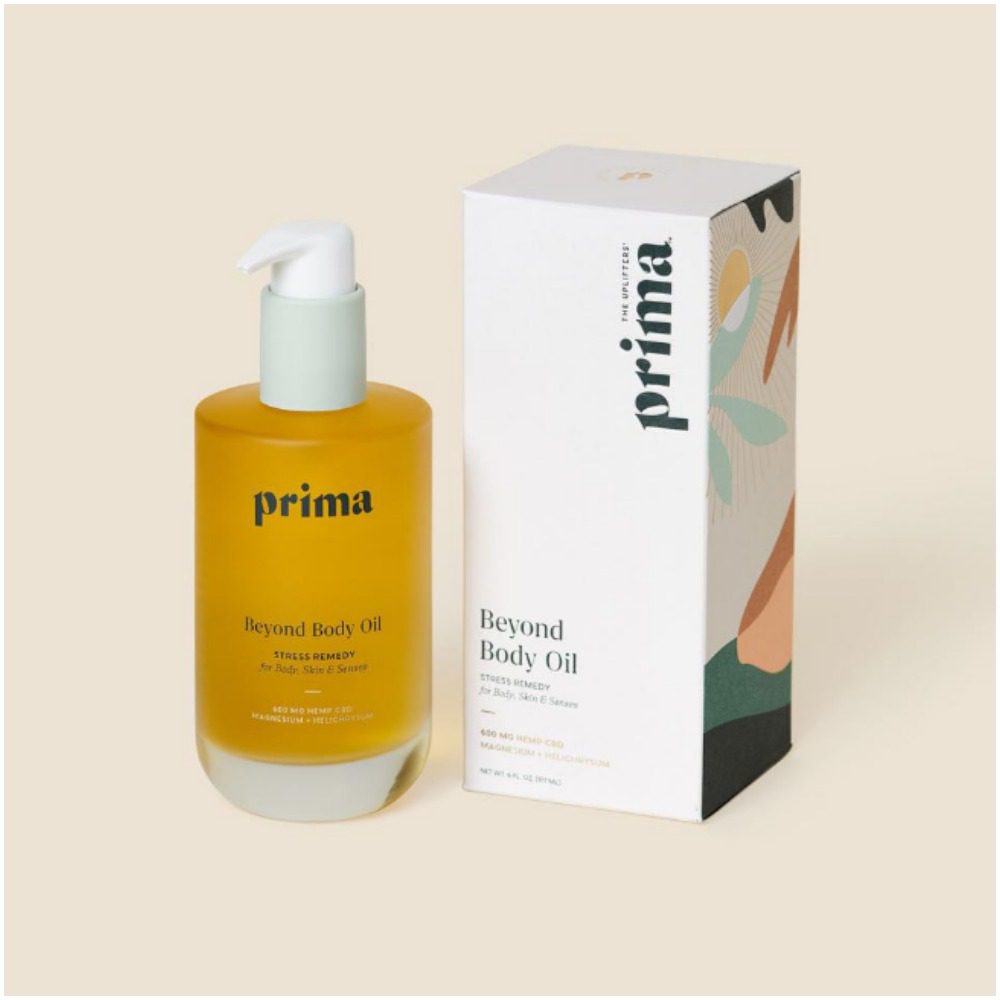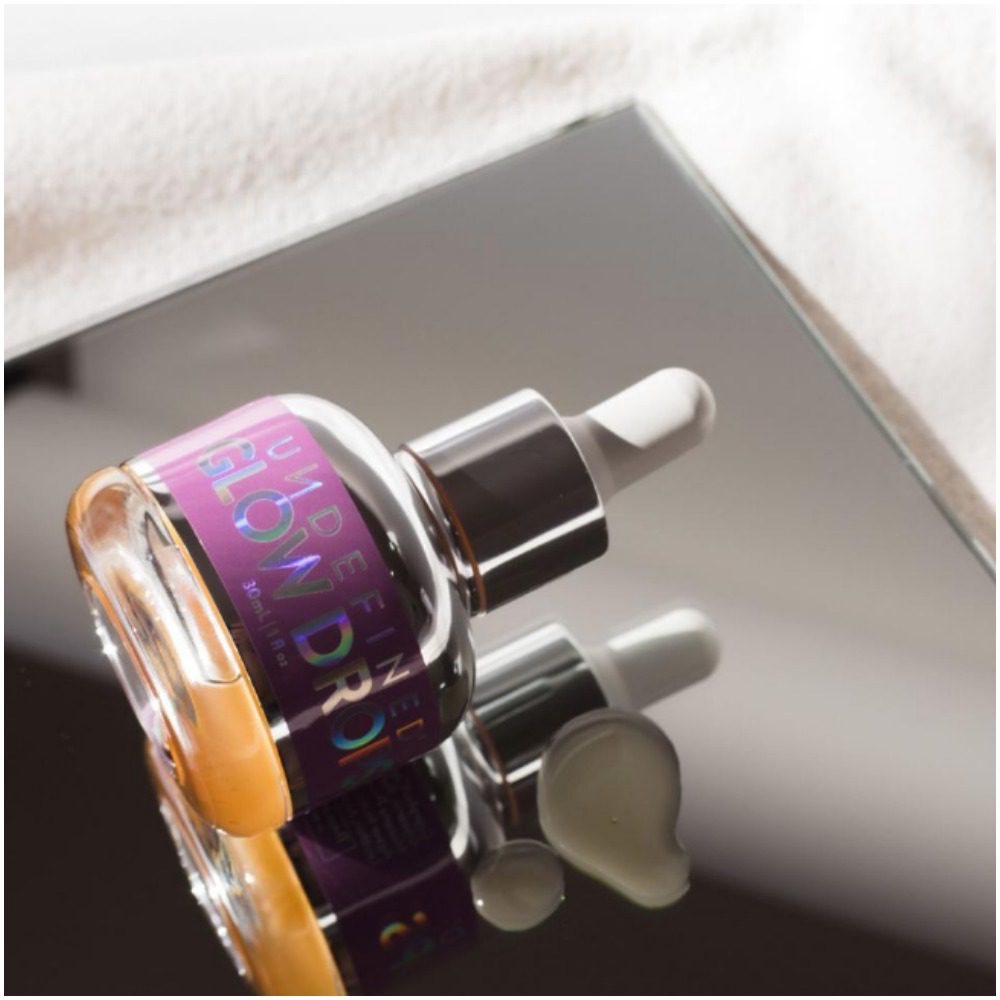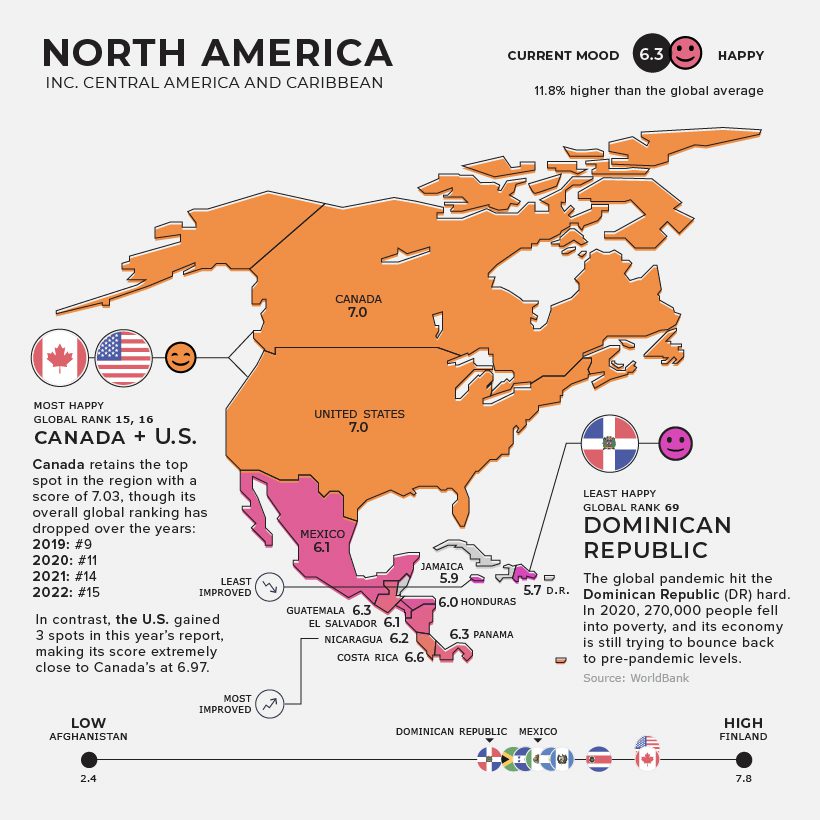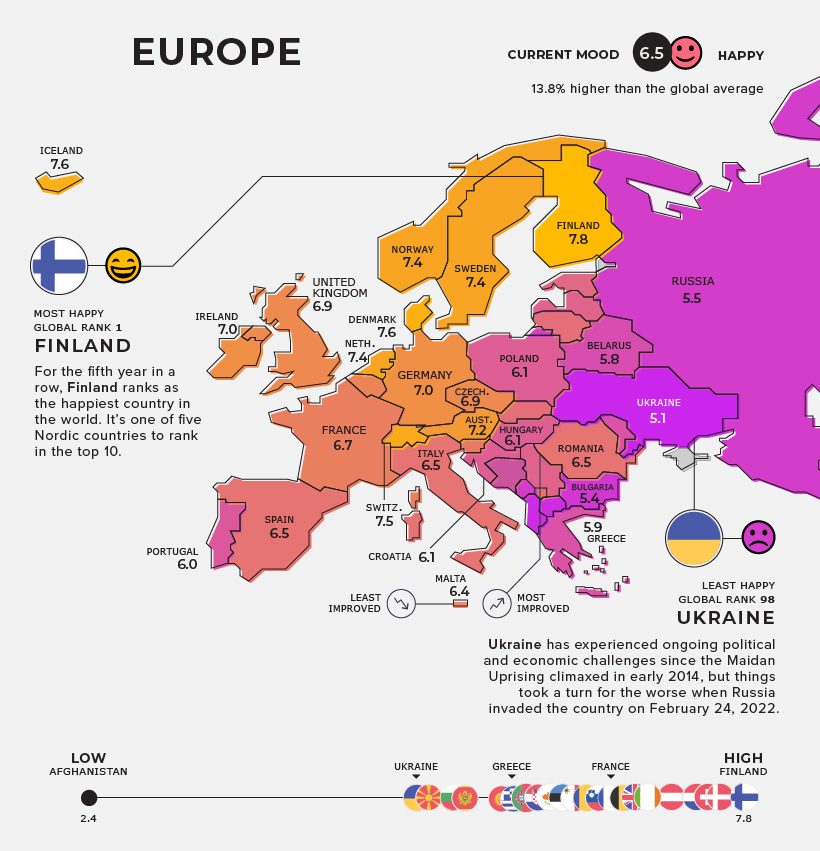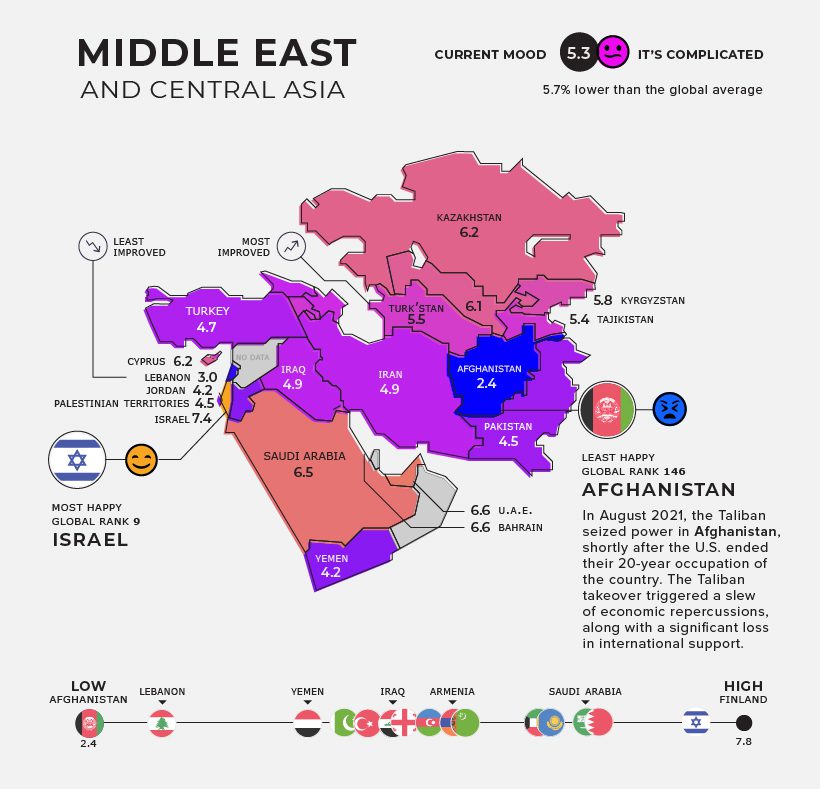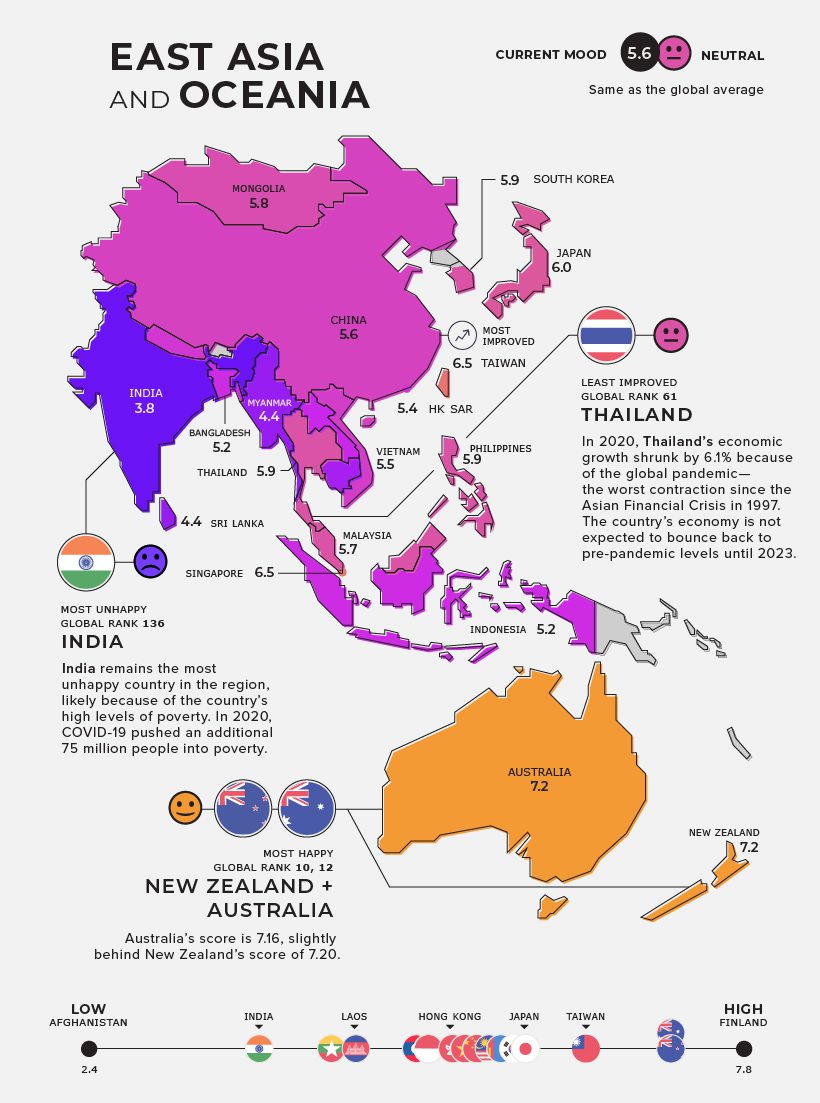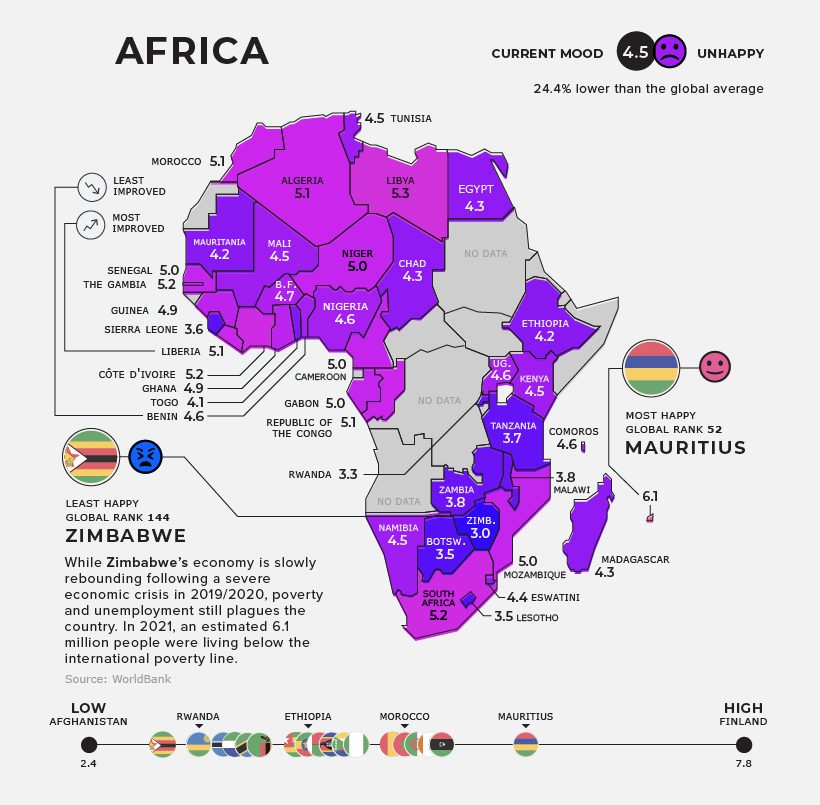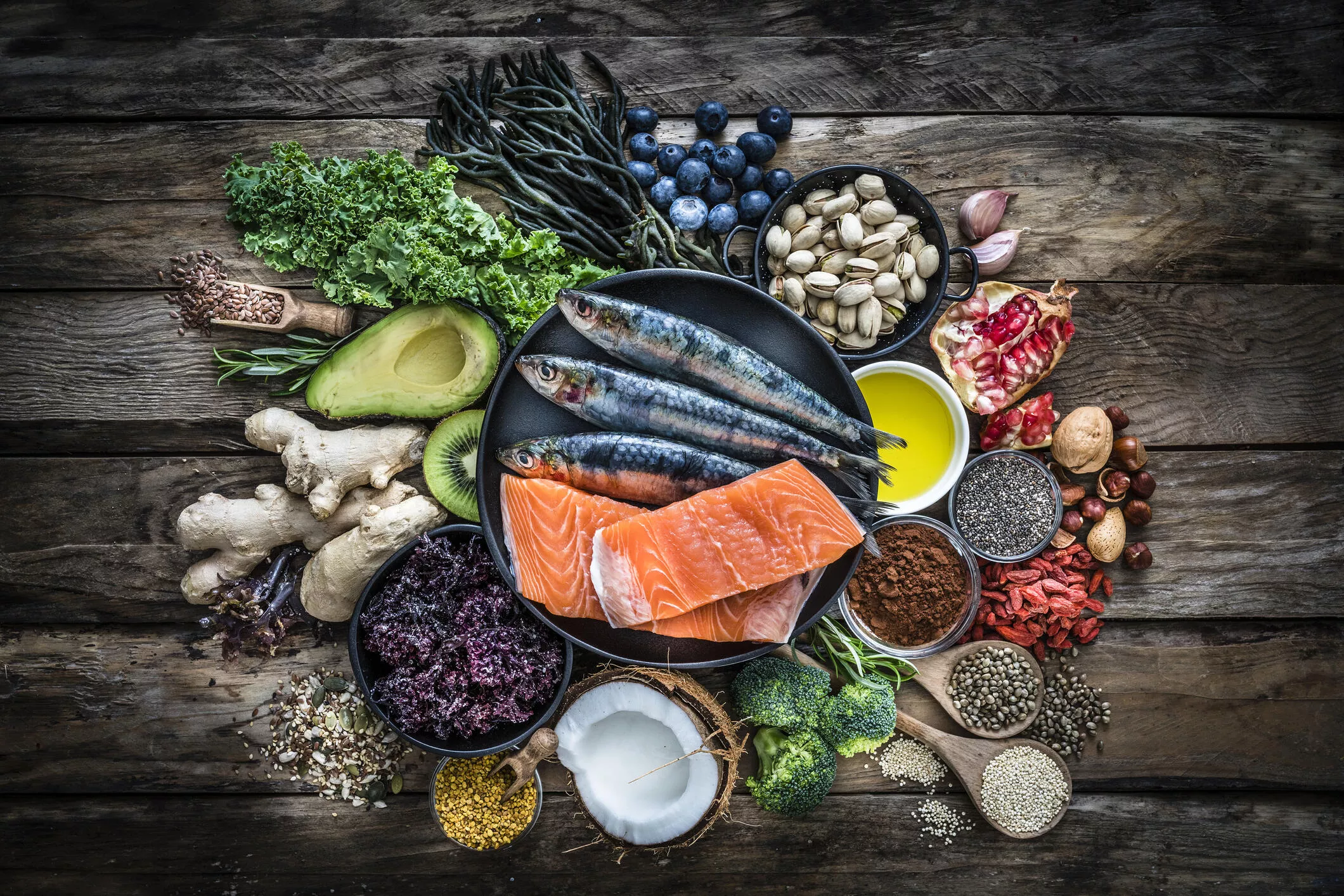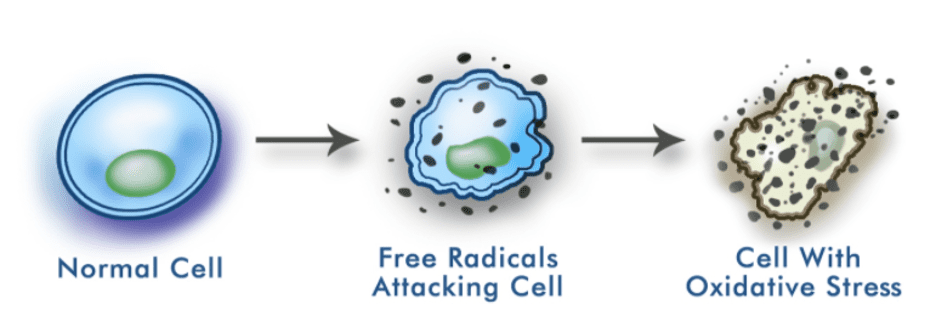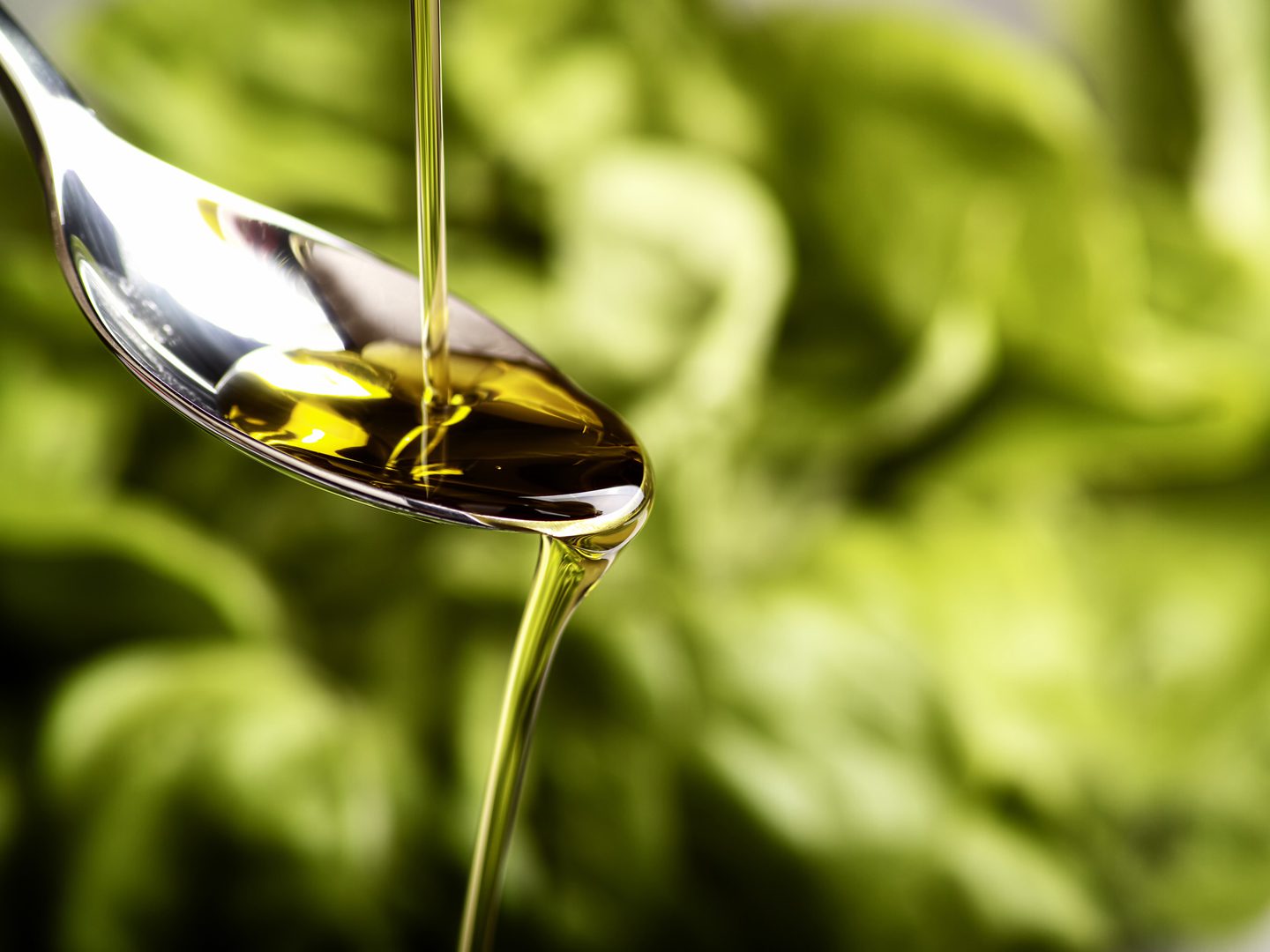How Skin Heals
It’s safe to say that our bodies are truly magical; however, we often take the intricacy of wound healing for granted. If you get a small cut, you may clean and cover it with a bandage, and move on with your life. Yet under that bandage, the body orchestrates a complex cascade of events designed to heal wounds big and small. In this blog, we will dive into the four stages of wound healing, along with how you can help your skin heal, ingredients to look for in skincare to promote healing, and supplementation.
The Four Stages of Wound Healing
Wound healing is the process by which the skin, or any injured organ, repairs itself after injury. The main aim of wound healing is to prevent or limit further damage, clean and seal the wound against infection, and restore tissue strength.
The wound healing process can be characterized by four overlapping phases:
Homoeostasis Phase
Upon wounding, the first phase of the wound response is concerned with maintaining homoeostasis within the body, which is any self-regulating process by which biological systems tend to maintain stability while adjusting to conditions that are optimal for survival.
Most wounds, even superficial wounds, result in damage to the circulatory system. To prevent blood loss and reduce the chance of an infection spreading throughout the body, platelets within the blood begin to form a fibrin clot to seal the wound site.
Additionally, vasoconstriction, the narrowing of blood vessels by small muscles in their walls, occurs around the wound as a means of isolating the wound site. However, this is soon followed by vasodilation, the widening of blood vessels as a result of the relaxation of the blood vessel’s muscular walls, so the required cells are able to be recruited to the wound site.
Inflammatory Phase
Once the wound is closed with a clot, the blood vessels can open a bit to allow fresh nutrients and oxygen into the wound for healing. Blood-borne oxygen is essential for healing. The right balance of oxygen is also important— too much or too little and the wound won’t heal correctly.
White blood cells, called macrophages, take on the role of wound protector by fighting infection and overseeing the repair process. You might see some clear fluid on or around the cut at this time, which is helping clean out the wound. Macrophages also produce chemical messengers, called growth factors, which help repair the wound.
Proliferative Phase
The proliferative phase itself can be divided into four phases; in the case of shallow wounds the first two steps may not occur:
- Re-vascularization: New blood vessels are formed around the wound site in order to supply the cells and nutrients required to remodel the wound.
- Granulation: Fibroblasts, a type of cell that contributes to the formation of connective tissue, are attracted to the wound site and quickly lay down a temporary extracellular matrix (ECM), comprised of collagen and fibronectin, upon which the epidermis can be reconstituted.
- Re-epithelialization: The exact mechanism of re-epithelialization is poorly understood. It’s thought that surviving epithelial cells around the wound edge become more motile and stretch to cover the wound site. Once a continuous epidermis is formed, they lose this motility and begin to divide.
- Contraction: Re-epithelization is thought to occur simultaneously with contraction, where myofibroblasts, a predominant cell type that’s present in granulation tissue of contracting wounds, are recruited around the wound site and pull against each other to contract the size of the wound.
Essentially, during this phase, blood cells of all types arrive to help build new tissue. Chemical signals instruct cells to create collagen, which serves as a type of scaffolding, and other tissues to begin the repair process. Occasionally, you see the result of this process as a scar that starts out red and eventually dulls.
Remodeling Phase
Following the closure of the wound, remodeling can occur. The epidermis proliferates and returns to its normal character; fibroblasts and immune cells which were recruited to the site are degraded; and the temporary extracellular matrix that was laid down is remodeled into a stronger, more permanent structure.
Over time, the new tissue gets stronger. You might notice stretching, itching, and even puckering of the wound as this happens. Within three months, the wound is almost as strong in its repair as it was before the trauma, but the entire healing process may take a couple of years to complete.

Pictured: Stages of wound healing Source: VCU
Epidermal Wound Healing
Epidermal wound healing refers to the repair of the epidermis in response to wounding. Epidermal only wounds are typically less severe than those affecting the dermis and so stages of the wound healing response may be missed.
As the epidermis itself is not vascularized — it’s receiving blood from the dermis — a clotting and vasoconstrictive response are often not necessary. Immune cells may still be recruited to the wound site since the removal of the epidermal barrier makes the wound susceptible to infection.
Since the dermis is intact, local fibroblasts are able to contribute to the formation of a new basement membrane, upon which the epidermis sits. In very minor wounds, even the basement membrane might remain intact, allowing for rapid re-epithelialization.
Keratinocytes — epidermal epithelial cells — around the wound site migrate across the wound and close it. Additionally, epidermal cells from dermal appendages, such as hair follicles, can contribute to wound closure.
Since the dermis and underlying tissue have not been damaged, very little remodeling is required. As such, small wounds only in the epidermis typically heal rapidly and are often not observable via the formation of scar tissue within a period of months.

Source: Skin layers Source: Urgo Medical
Deep Wound Healing
A deep wound involves the inner, deeper layers of the skin, known as the dermis. Deep wounds that damage the dermis are more difficult to heal than shallow, epidermal-only wounds. The wound healing processes may be extended and scar tissue is likely to form due to improper re-epithelialization.
Additionally, deep wounds are more susceptible to infection, and also to the development of systemic infection through the circulatory system, as well as dysregulation that results in chronic wounds such as ulcers.
The wound healing process for deep wounds is similar to that of shallow wounds. However, with the removal of the dermis and its associated skin appendages, re-epithelialization can only occur from the wound edge, with no contribution from the dermal compartment.
Therefore, proper reconstitution of the epidermis is often only seen at the edge of the wound, with fibrous scar tissue — formed from the ECM deposited during the proliferative phase — covering the rest of the wound site.
With the formation of a scar, the original physiological properties of the tissue are lost. For example, scars are less flexible than the original skin and do not feature sweat glands or hair follicles. The ECM formed during wound healing may also be weaker in deep wounds, making the site susceptible to additional later wounding.
How You Can Help Your Skin Heal
A wound describes an injury that cuts, breaks, or impacts the skin. As a result, the body’s internal tissues become exposed to the external environment and bacteria. Most minor wounds won’t require medical treatment; however, while the majority of cuts heal naturally over time, there are ways to speed up the healing process:
Care for the Wound
Throughout the healing process be sure to clean and dress the wound. Even if you feel that you are healing fine and can skip this step, make sure to keep tending to your wound unless approved by a medical professional. Cleaning the wound and covering it ensures that no outside bacteria can get to the wound and infect it, while also encouraging skin tissue growth for healing.
To learn how to properly clean a wound, click here.

Pictured: How to clean a wound Source: St. John Ambulance Victoria
Get Some Rest
Getting a good night’s rest is crucial to wounds healing properly. As you sleep, your body works to repair tissue and fight off infections. A study conducted by the Journal of Applied Psychology studied two groups to see how healing was impacted by sleep.1
The first group who slept for three hours a night had high levels of pro-inflammatory cytokines, and in comparison to the group who slept for eight hours a night, the sleep-deprived participants had a delayed wound healing time by a full day.
Add Healing Foods to Your Diet
There are an abundance of healing foods that can speed your recovery process, including:
- Clean, Lean Protein: The body cannot rebuild lost tissue without protein. Try to get at least four to five ounces of organic, lean protein, such as grass-fed beef, per meal.
- Wild-Caught Fish: Essential fatty acids found in foods like wild-caught fish, walnuts, flaxseeds, and chia seeds are critical to helping rapidly heal wounds.
- Green Leafy Vegetables: Broccoli, kale, spinach, and other greens are high in vitamin K, which is essential for blood clotting.
Avoid Foods That Slow Healing
There are also some foods and beverages that you’ll want to try and avoid to encourage healing, including:
- Alcohol can increase inflammation, which is counterproductive to healing.
- Sugar and refined grains can promote inflammation, slowing the healing process.
- Hydrogenated oils can promote inflammation and decrease the ability of your body to heal.
- Processed foods contain hydrogenated oils, chemicals, dyes, and other additives that can slow wound healing.
Get Moving
Research has continually shown that physical activity can help accelerate the healing process in wounds. In fact, researchers at the Ohio State University found that exercise can speed wound healing rates by as much as 25%.2
Activities like strength training and yoga provide an excellent source of movement without the risk of agitating a wound. Basic lunges, planks, crunches, or jumping jacks offer another source of exercise where the risk of injury is low. Any low-impact activity can help draw oxygen to the wounds to accelerate the healing process.
Ingredients in Skincare to Use For Healing
Skincare ingredients can be complicated, but the fact of the matter is that people are now, more than ever, wanting to know what ingredients are in their favorite products and what they do. It’s important to know what you’re putting on your skin, especially when you have wounds.
Here’s a look at a few ingredients that can potentially do wonders for the wound healing process:
- Vitamin A: When it comes to tissue repair and cell regeneration, getting enough vitamin A in your diet is key. Besides being vital to promoting proper skin health, some evidence even suggests that this vitamin could aid in wound healing as well. A study published in Dermatologic Surgery, for instance, found that pre-treatment with retinoids improved wound healing after undergoing facial resurfacing procedures.3
- Centella Asiatica Extract: This ingredient is a traditional Indian medicine extracted from the tropical plant Gotu Kola, which helps the wound healing process by reducing glycation processes and implicitly slowing the oxidative damage. It’s most effective in the proliferation and remodeling phases by boosting the local metabolism and speeding up the healing.4
- Niacinamide: Also known as vitamin B3, this is one of the most popular ingredients in cosmetic treatments due to its multipurpose and potency. Several studies confirmed the anti-inflammatory effects of vitamin B3 that are efficient in aiding the immune response and speeding the recovery. Niacinamide is also an actor in increasing fibroblast migration and proliferation– thus speeding the wound closure.5
- Grape Seed Extract: A study from researchers at Ohio State University found that this ingredient can help regenerate damaged blood vessels and also increase the number of free radicals in the wound site while reducing the chance of scarring.6
- Tamanu Seed Oil: As an antibacterial oil, this ingredient is capable of healing wounds by promoting healthy cell growth. When its applied to wounds, it has the ability to promote the formation of new tissue.7
- Frankincense Oil: This ingredient has been used by healers throughout history for its wound-healing abilities; it’s known to regenerate tissue and prevent infection.8
- Avocado Oil: A 2013 study found that the oil derived from the avocado pulp reduces inflammation when applied to a wound site. This action ensures quick healing of wounds. Further, the application of the oil on wounds showed improved collagen synthesis and re-epithelialization.
Supplementation for Wound Healing
Innumerable processes are involved in healing — from the production of platelets and macrophages to the rebuilding of the extracellular matrix and the formation of new blood vessels. But these healing processes can’t happen if the body doesn’t have the right vitamins and nutrients.
To maintain normal health, the human body needs a minimum of 20 vitamins and 16 minerals/trace elements. The following three play a role in recovery and healing at various physiological levels:
Zinc
A minimum of 70 major wound-healing enzyme systems — including DNA polymerase, RNA polymerase, protease, and carbonic anhydrase — rely on zinc as a cofactor. Zinc is also important in cell membrane stabilization, carbohydrate metabolism, and mobilization of vitamins A and C, among others.
Because lower zinc levels have been associated with impaired wound healing, some researchers have suggested that zinc replenishment may increase healing rates. Furthermore, many topical agents include zinc due to its antiseptic and anti-inflammatory properties, which may be especially beneficial for skin wounds.9
Vitamin B Complex
The vitamin B complex comprises all essential water-soluble vitamins, with the exception of vitamin C, and includes thiamine (vitamin B1), riboflavin (vitamin B2), niacin (vitamin B3), pantothenic acid (vitamin B5), pyridoxine (vitamin B6), biotin, folic acid, and the cobalamins (vitamin B12). These B vitamins are found naturally in cereals, dairy, fish, and meats.
The vitamin B complex aids with cell proliferation and the maintenance of muscle tone and healthy skin. It also increases metabolic rate and improves the function of the immune and nervous systems. In one study of the effects of vitamin B complex on periodontal wound healing, supplementation with vitamin B complex significantly increased wound repair compared to a placebo regimen.
Vitamin C
As with the B complex vitamins, vitamin C is an essential water-soluble vitamin. It’s an electron donor for various enzymes, a mighty antioxidant, and a cofactor in collagen synthesis. Vitamin C contributes to enzyme processes important in lysine and proline hydroxylation necessary for the formation of the triple helix present in collagen.
It also contributes to enzyme processes necessary for carnitine synthesis, which is required to transport fatty acids into mitochondria that are used in ATP generation. Vitamin C also plays a role in immune response, iron uptake and metabolism, trace metal metabolism, and calcium metabolism for the homeostasis of epidermal gradients.
Vitamin E and Omega-3s and the Healing Process
When it comes to supplements, there’s so much hype about their potential benefits that it can be hard to separate fact from fiction. While it’s true that vitamins and minerals are essential to health and can be great for wound healing, it’s not true that taking them in pill, capsule, or powder form — especially in megadoses — is necessary, or without risks.
Vitamin E and omega-3s, for example, are both veritable powerhouses. The first, a fat-soluble vitamin, operates as a potent antioxidant and offers support to hair, eyes, cholesterol levels, hormone balance, and more. Omega-3s, meanwhile, support heart and brain health and may play a role in helping with the maintenance of a healthy inflammatory response in the body.
But one of the most serious side effects of both is the thinning of the blood. Fish oil — a common form of omega-3s — thins the blood in “similar ways to blood thinners,” medical writer Jack Challem claims in his book, The Inflammation Syndrome.
“This effect happens through the prevention of the platelets found in blood from sticking together and forming clots.” It has been said that these “blood-thinning effects may be magnified if you are taking natural blood-thinners, such as vitamin E.”
To illustrate this further: “Since both fish oil and vitamin E thin your blood, taking them in combination might put you at risk of excessive bleeding, especially if you take them in large amounts,” SF Gate reports.10
Discuss with your doctor before taking either— they may determine that you don’t need a supplement, and, if you do, will help you ascertain the right dosage.
The Humanist Beauty Herban Wisdom® Facial Oil
 Tamanu Seed Oil, Frankincense Oil, and Avocado Oil are integrated into the Humanist Beauty Herban Wisdom® Facial Oil for an array of exceptional skin-wellness benefits, including their ability to help your skin heal and repair itself.
Tamanu Seed Oil, Frankincense Oil, and Avocado Oil are integrated into the Humanist Beauty Herban Wisdom® Facial Oil for an array of exceptional skin-wellness benefits, including their ability to help your skin heal and repair itself.
You can shop the Humanist Beauty Herban Wisdom® Facial Oil here.
—
References:
https://www.sciencenewsforstudents.org/article/sleep-helps-wounds-heal-faster [1]
https://news.osu.edu/study-exercise-helps-speed-wound-healing-in-older-adults/ [2]
https://pubmed.ncbi.nlm.nih.gov/17034370/ [3]
https://pubmed.ncbi.nlm.nih.gov/22817824/ [4]
https://www.webmd.com/beauty/health-benefits-tamanu-oil [7]
https://earthwisebeauty.com/blogs/news/the-ancient-healing-power-of-frankincense#:~:text=Regardless%20of%20the%20species%20they,and%20for%20a%20wide%20range [8]
https://www.ncbi.nlm.nih.gov/pmc/articles/PMC5793244/ [9]
https://healthyeating.sfgate.com/benefits-taking-fish-oil-vitamin-e-together-10487.html [10]

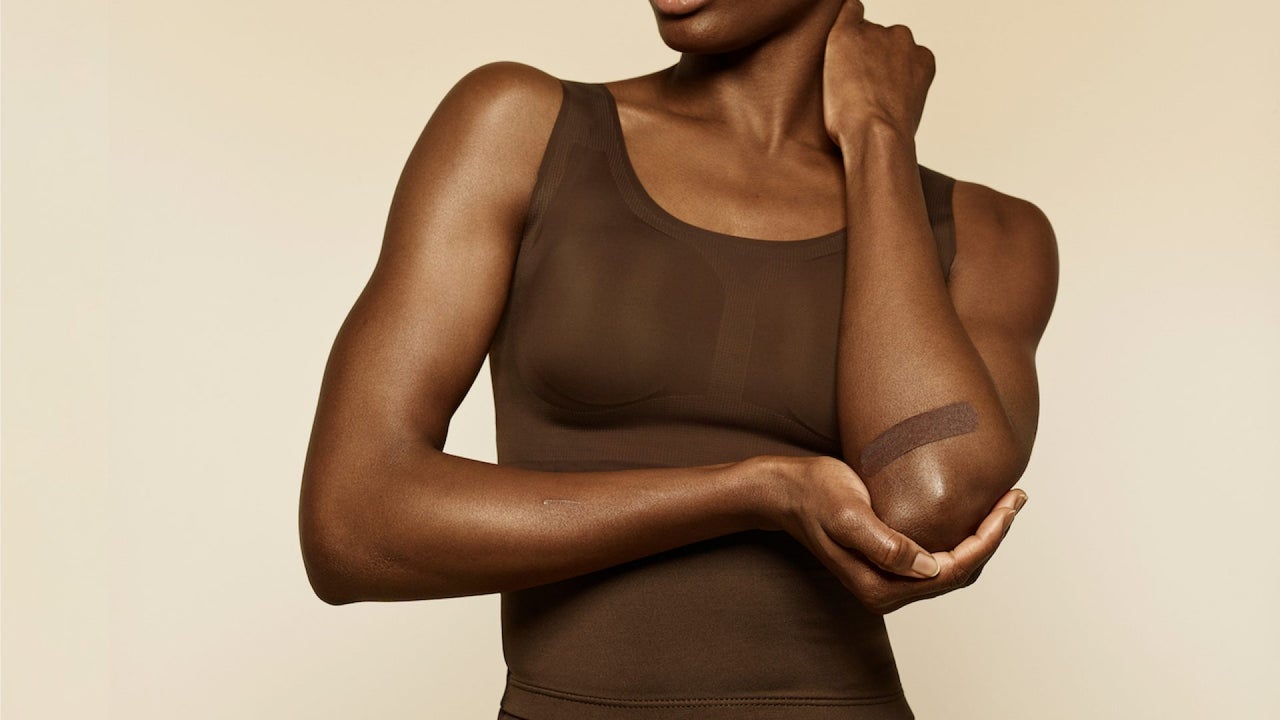

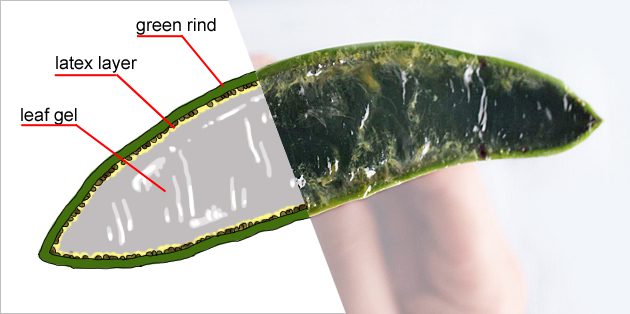
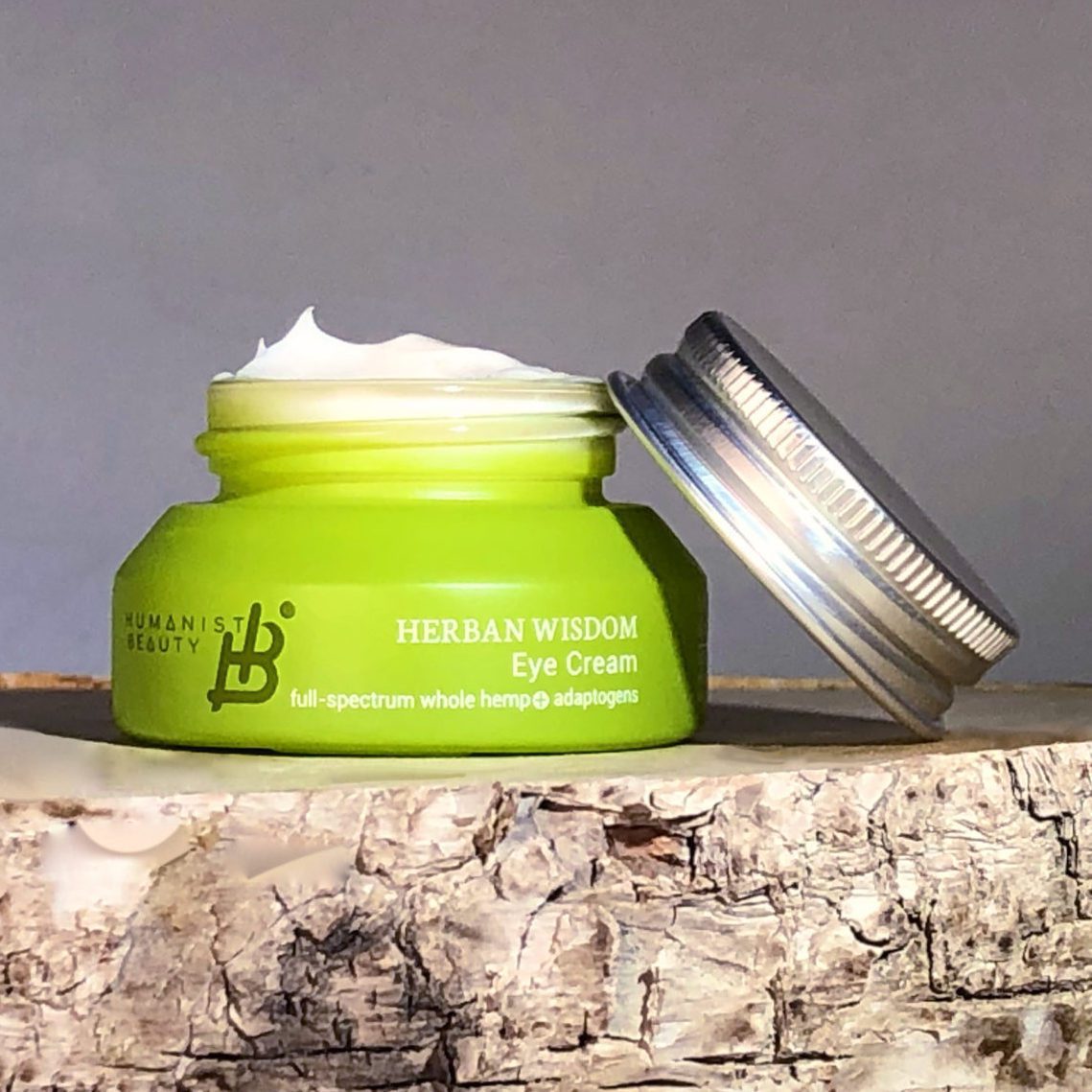
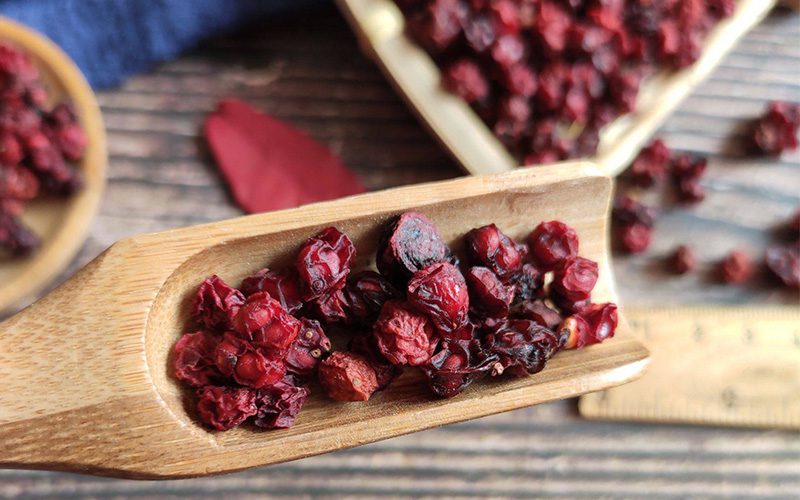

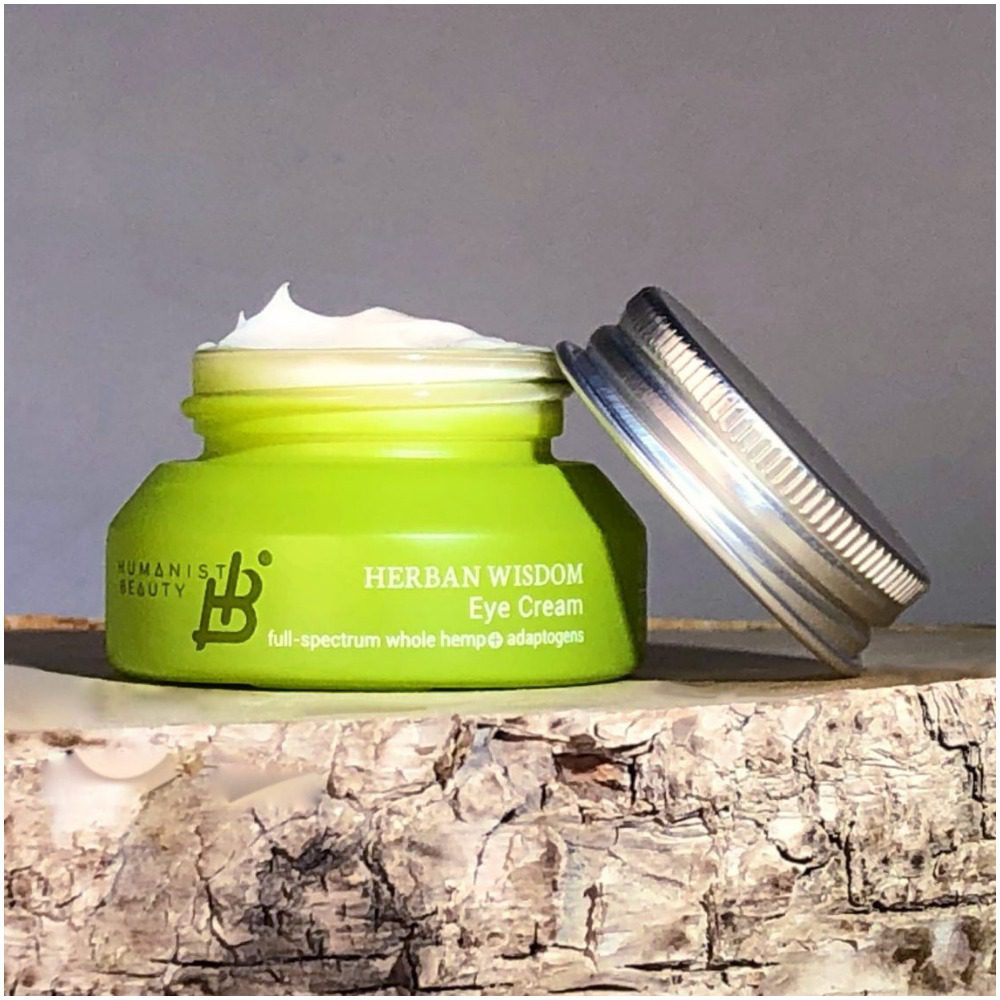
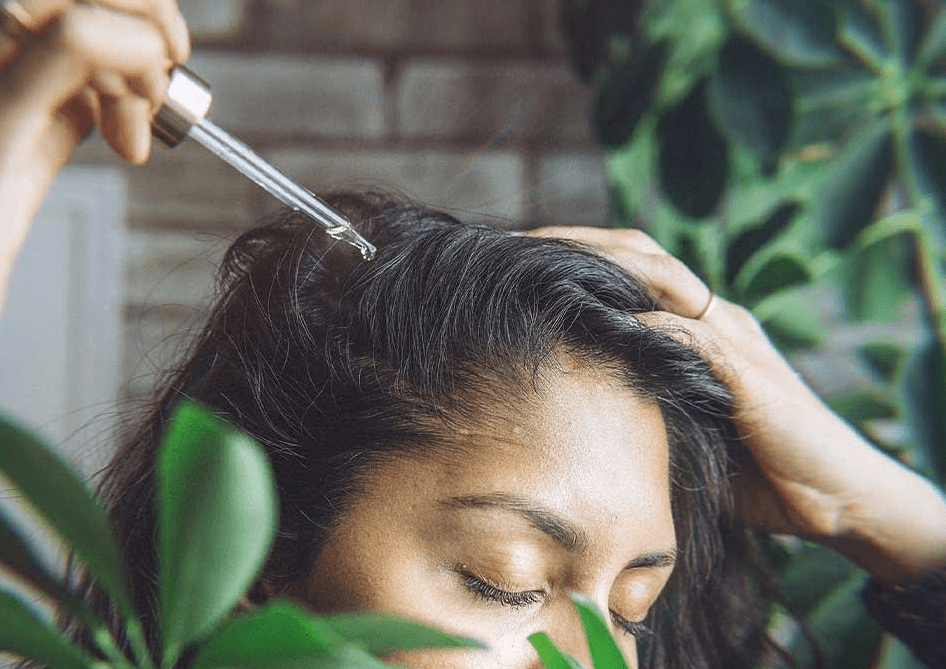
 Source:
Source: 